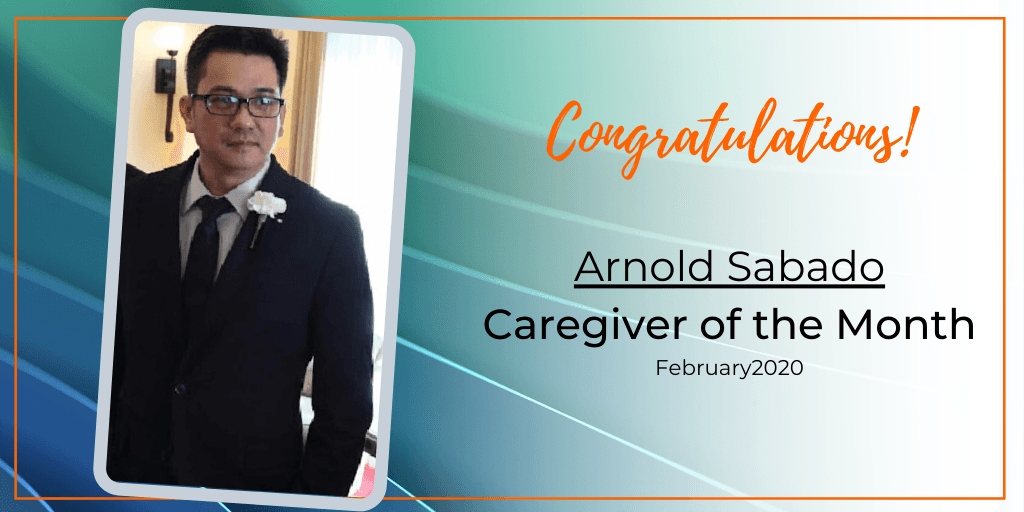
Expert Interview: Elder & Financial Abuse
Dee Bustos
Elder Abuse
Feb 24, 2020
6 min read
We recently sat down with expert Nicole Fernandez to discuss the signs of physical and financial elder abuse. Nicole currently serves as the training and outreach specialist for the Elder and Dependent Adult Protection Team (EDAPT) of San Mateo County.
When it comes to elder and financial abuse, what are some of the most common warning signs?
Elder or dependent adult abuse, exploitation, neglect, or self-neglect can take many forms and usually fall into three key areas - physical, emotional, or financial. Watch for these tell-tale signs in elder or dependent adults who exhibit changes in:
- Physical Appearance: Looks uncared for, has poor personal hygiene, or unexplained bruises, sores, and burns. Changes in appetite, including dramatic weight gain or loss, or a sudden inability to do basic tasks such as making meals, shopping, or mobility.
- Emotional Well-being: Does the individual seem depressed, confused, afraid, agitated, or exhibit atypical behavior? Watch for displays of fear or anxiety around specific household members or caregivers. Isolation can also result from restricted visits or phone calls.
- Financial Discrepancies: Does the individual have unusual activity in their bank accounts, give money away, or have unpaid bills resulting in their inability to purchase basics like food or provisions for daily living? Another area to consider is when an adult child or caregiver appears overly dependent on the older adult for income or shelter.
Who are the most frequent abusers?
According to the National Center on Elder Abuse, an estimated 90 percent of abusers of older or dependent adults are family members or caregivers.
If abuse is suspected, what are the best practices for addressing the issue?
Try to speak to your friend or family in a quiet, safe place away from the alleged abuser so you can find out more information. Call your county's Adult Protective Services hotline to discuss what you have observed and what you suspect with a trained social worker. All calls are confidential. In San Mateo County, you can call 1-800-675-8437.
As a home care agency, Elder Abuse education is a Vital aspect to the Care we provide clients. What are the top two takeaways you think all families and seniors should be aware of?
Choose a caregiver through a professional agency that adequately trains homecare workers, provides supervision and insures their workers. Make sure the agency is state-licensed, and thoroughly research if there are any prior or current complaints pending against the organization.
It is also important to remember that it's not up to you to assess whether or not abuse is taking place. Utilize the social workers at Adult Protective Services to discuss your concerns and to investigate, if necessary. It is what they are trained to do.
What resources are available to prevent or report elder abuse incidents?
Your local Adult Protective Services is a great place to start. Not only do they have a hotline to report abuse allegations, but they also provide resources, information, and referral services for older and dependent adults.
As an advocate, and member of The California Elder Justice Coalition, what do you feel are the most critical pieces of legislation?
We are lucky to live in a state like California, where our representatives prioritize the welfare of older and dependent adults. There are too many pieces of legislation introduced every year to protect vulnerable communities for me to choose just one. I would encourage folks to explore the CEJC website to learn more about what we are doing in the State Capitol to protect older adults.
What are the top two systemic barriers you face working as an outreach specialist?
The most significant barriers I experience in conducting outreach about elder and dependent adult abuse are isolation. It can often be challenging in my line of work to reach older, vulnerable, or adults with language barriers who may be homebound or not part of community organizations such as faith communities. The other issue is housing as we are seeing more and more vulnerable adults become housing insecure due to lack of low-income and affordable shelter in the area. It can be challenging to remove a person from an abusive situation if we have nowhere to offer them housing.
Unplanned Hospital Admissions: How to Support Clients and Reduce Re-Admission Rates

Caregiver of the Month: Arnold Sabado




